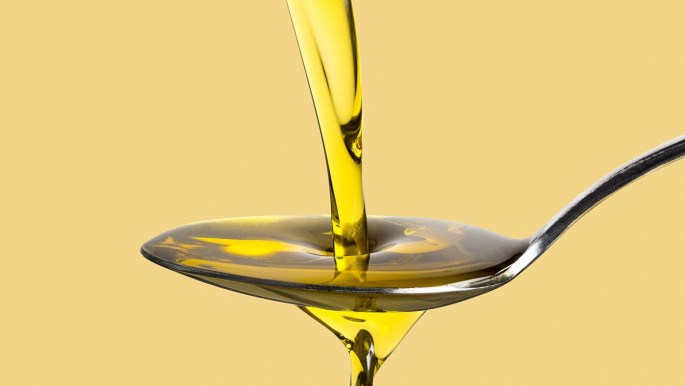Demand slowdown, higher output may drag on palm oil sector — analysts

Analysts project potential challenges for Malaysia’s plantation sector due to expected demand slowdowns and rising production. Despite a 5% drop in palm oil stockpiles in July, driven by a nearly 40% surge in exports, seven research houses maintain a ‘neutral’ stance. The sector faces a potential export decline in August and increased stockpiles later in the year due to seasonal production peaks. Investors should monitor for weather disruptions, like La Nina, which could affect harvests.
Potential demand slowdown and rising production may drag on the Malaysian plantation sector despite recent improvements in palm oil exports, according to analysts.
At least seven research houses have maintained its ‘neutral’ call on the sector even as latest data out on Monday showed a bigger-than-expected decline in palm oil stockpile. Inventory in Malaysia shrank 5% in July from June as a near 40% surge in exports offset a 14% month-on-month increase in production.
TA Securities flagged a potential decline in exports for August, citing data from cargo surveyors Intertek and Amspec projecting a decline in palm oil shipments for the first 10 days of August 2024. The house also maintained its forecast for crude palm oil to average RM4,000 per tonne this year.
Prices of the edible oil used in everything from lipstick to diesel have fallen by about 17% from this year’s peak on April 3 amid a decline in competing oils while a stronger ringgit made palm oil costlier for importers. Output is also expected to pick up seasonally, blunting the impact from gains in demand.
The benchmark palm oil contract for third month delivery was just a tad lower near RM3,700 on Bursa Malaysia Derivatives on Tuesday.
Stockpile may rebound in coming months
The sharp increase in July’s exports — the biggest monthly growth since September 2018 — was likely due to restocking activities by India and China given their low inventory levels, said Public Investment Bank.
Inventory however could rebound and expand in coming months as production picks up seasonally and continues to strengthen month-on-month before peaking likely in October.
For RHB Investment Bank, stockpile could cross two million tonnes in November or December from July’s 1.73 million tonnes. Investors however should watch for La Nina which could bring above-normal rains and disrupt harvesting, the house said, noting that the probability of the weather pattern occurring remains high at 85%.
“Stockpile will likely resume on uptrend” in August on the back of seasonal uptick in cropping patterns, Hong Leong Investment Bank said. Exports will also likely weaken post-July due to palm oil’s narrowing price discount against substitute soybean oil, the house said.
Source Link : https://theedgemalaysia.com/node/722597














